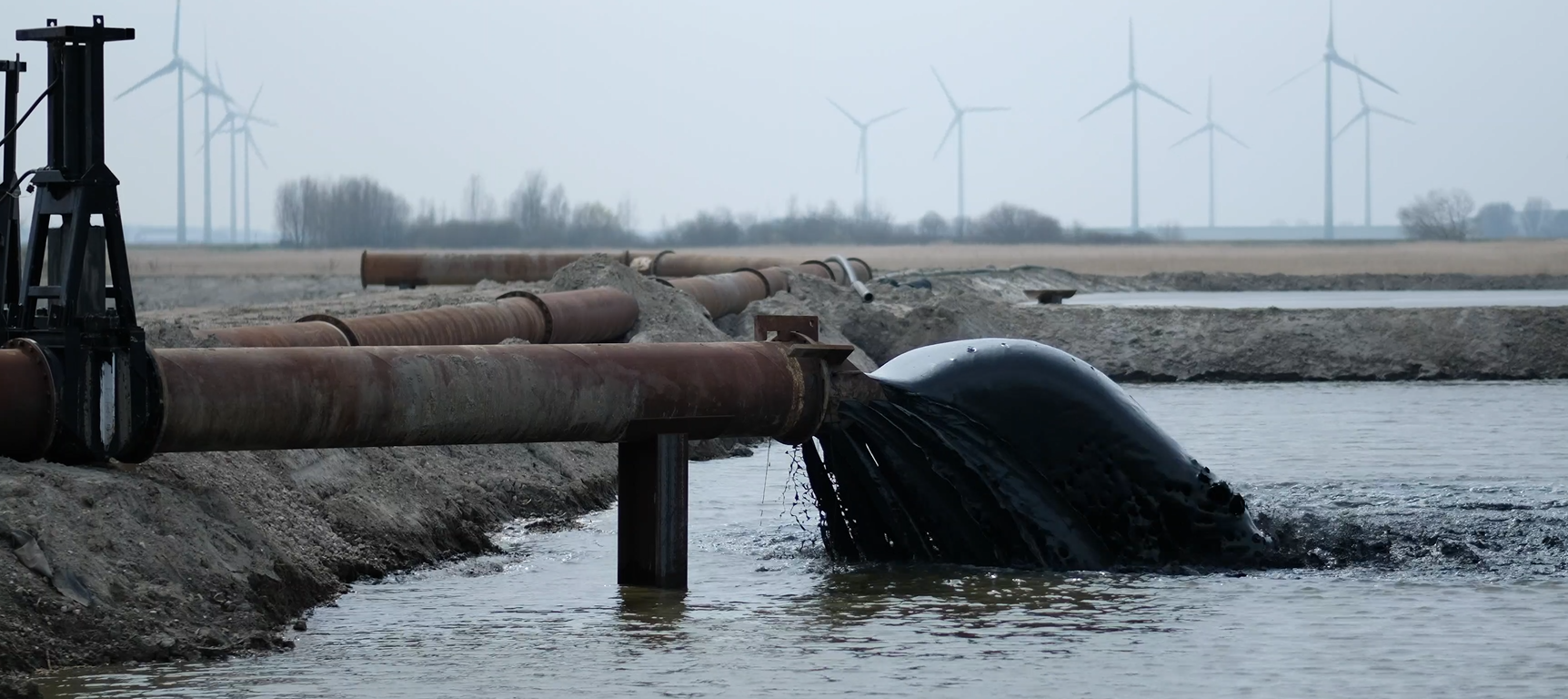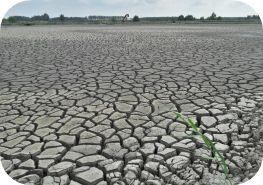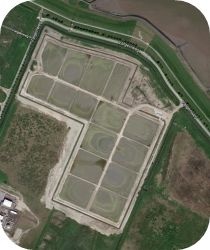Operation and Maintenance Phase
The marine sediments are dredged relatively close to the depot location and are brought into the depots by pressure pipes (see figure). The location of the dredging is chosen carefully based on exploratory research of the seabed, relating to the environmental quality and physical characteristics of the sediment (high density, suitable for future application).
Clay ripening tests
In the various depot compartments different techniques or circumstances for ripening are tested including:
- Mixing of the sediment – salt water mixture with fresh water
- Variation of placement layer thickness
- Biological methods (e.g. plant seeding)
- Frequency and intensity of machines strokes using several land farming techniques
- Adding a sand layer for bottom-drainage purposes

Parameters to evaluate
Essential for the pilot is monitoring the clay ripening process, to find out what the most efficient methods are to convert fine sediment into clay in a useful and cost-effective way. The research strategy (and the choice of the sludge) is based upon the parameters which are routinely applied for evaluation of clay soils for use in embankments. These parameters for clay soil evaluation are:
- Erosion resistance class (a Dutch clay characteristic based on Atterberg-limits)
- Consistency index
- Sand (>63 µm) and lutum (<2 µm) content
- Calcium carbonate content
- Salt content
- Environmental quality
- Organic matter content
Besides composition and environmental quality, another relevant parameter is time. The time of the ripening process is unknown and depends on the consolidation behavior and on the weather, especially the evaporation.
Utilizing the acquired knowledge
The knowledge gained in the project will be used for pilot evaluation and creating a business case for clay ripening on large scale.

Mud cracks in clay ripening depot 
Aerial photograph of filled depot.
